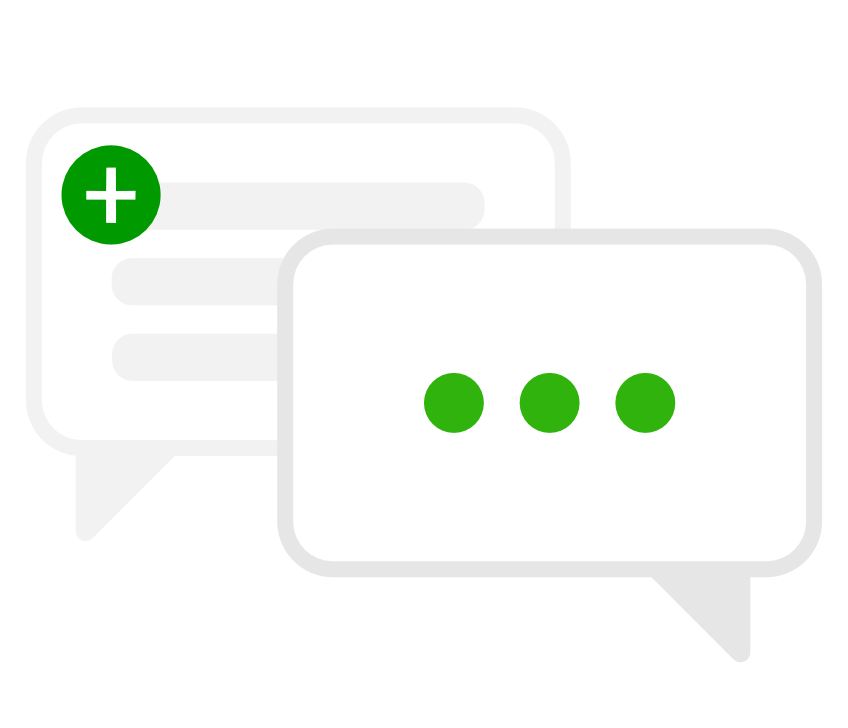Uplink and Downlink messages
LoRaWAN supports both uplink as downlink messaging; messages from end-device to the network are called uplink and network to end-device messages are called downlink. The most common way to use LoRaWAN is to use the uplink so a sensor can report any value to the Application Server. Under certain conditions it might be useful to use a downlink message to provide the sensor with an acknowledgment to make clear that the message has arrived in the network and will be forwarded to the Application Server.
Downlink messages can also be used to control settings of the sensor, for instance to adjust its update frequency or any other settings on the appliance. Another application of downlink messages could be to control an actuator like a valve or a lock. If you are sending downlinks (from the Application Server to the end-device) these are in theory unconfirmed messages. Although there is a message log in the Wireless Logger the information reported gives no indication whether the device received it as it could have gone lost on the radio path. To make sure that this downlink has arrived an acknowledgment can be sent via the uplink, so the Application Server gets notified that the sensor has received its new settings. The downlink message queue acts on a First In, First Out mechanism, which means in a full queue (5 messages) the oldest message is removed when a new one is queued. The queue cannot be changed or inspected by the customer.
The 868 MHz band and the Duty cycle
The maximum number of messages per day is related to the fact that KPN operates the LoRa network in the unlicensed 868 MHz ISM band. The number of messages is limited due to the duty cycle and payload in combination with the quality offered by the network. The 868 MHz ISM band limits the use of a device to 1% of the time on air. LoRaWAN specifies that each time a message is send in one ISM subband, the device must wait the remaining time of the duty cycle in that band before resending. This means that a sensor sending a message which takes 1 second should be quiet for 99 seconds after that. The time on air itself is related to the message size and the distance to the gateway.
The closer the end-device is to the gateway the higher the data rate (and the lower the Spreading Factor used in the LoRa modulation). While being very close to the gateway the time on air will be minimum (low modulation overhead) and maximum payload can be used, so more messages per day can be supported.
Downlink capacity
Because downlink capacity is shared across all talking end-devices this is more limited than upload messaging; gateways are also seen as one device, so duty cycle applies to the gateways as well. For receiving uplink messages from devices, no regulatory limit applies, but for downlink messages the gateway has to obey the Duty Cycle. Downlink capacity is increased by sending on a low SF, changing sub-bands and setting up gateways in area’s with many LoRa Devices. Nevertheless, the downlink capacity stays limited. Developers should design their solution with a minimum number of downlink messages. LoRa Acknowledgements are also downlink messages.





